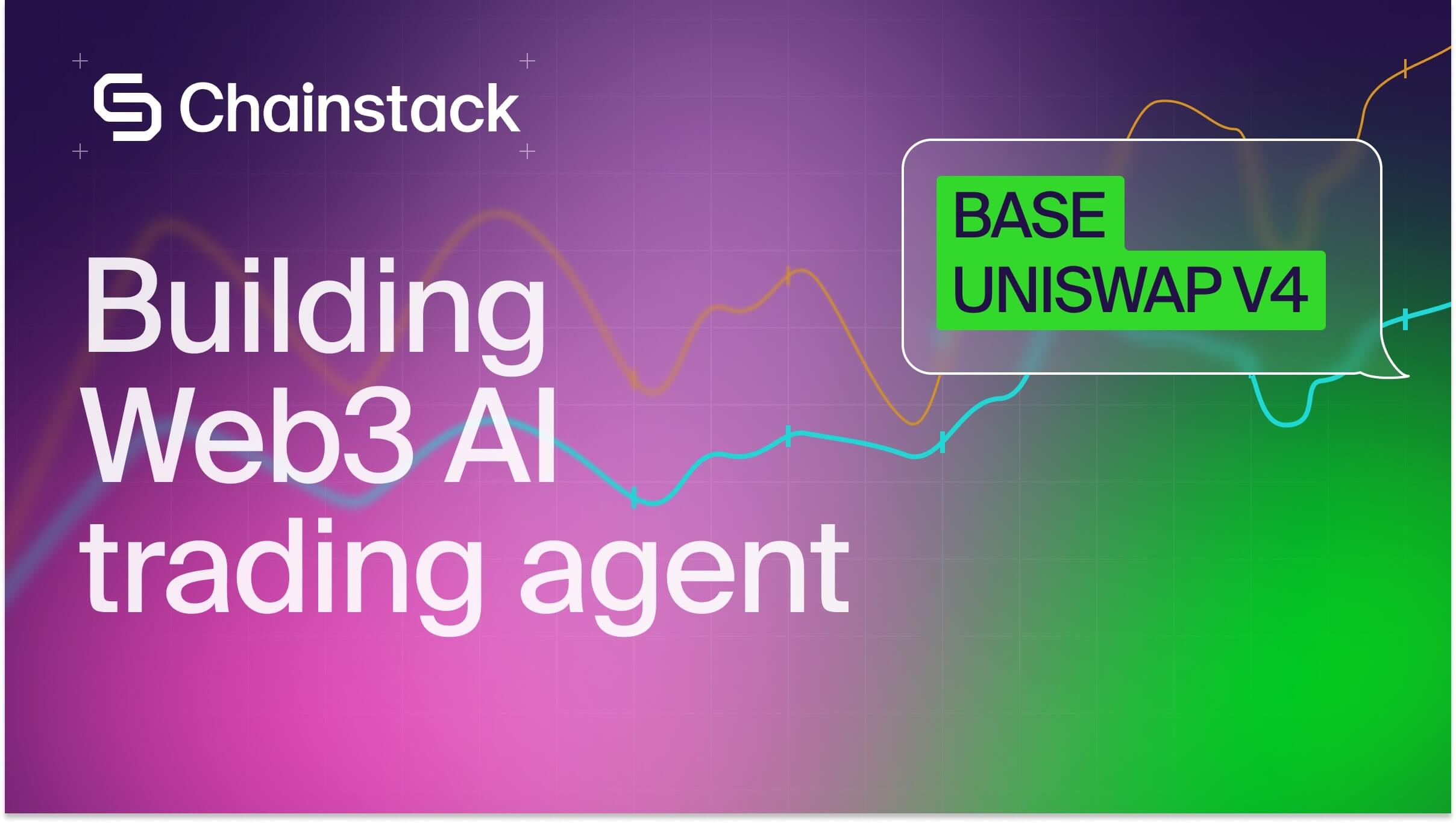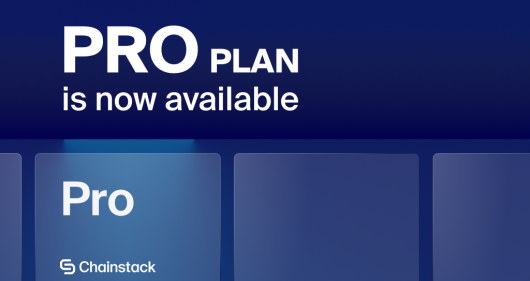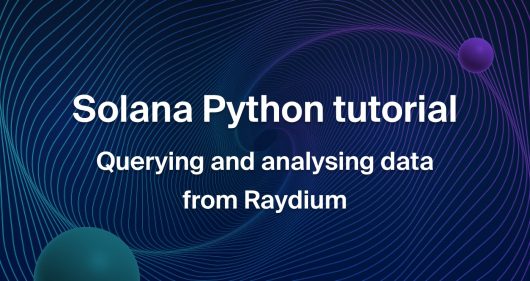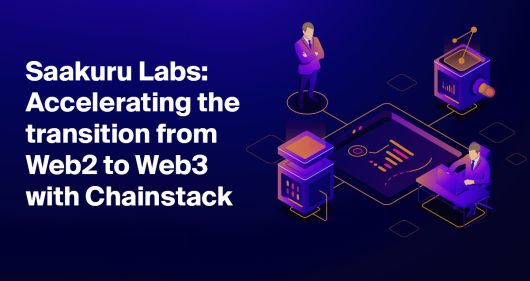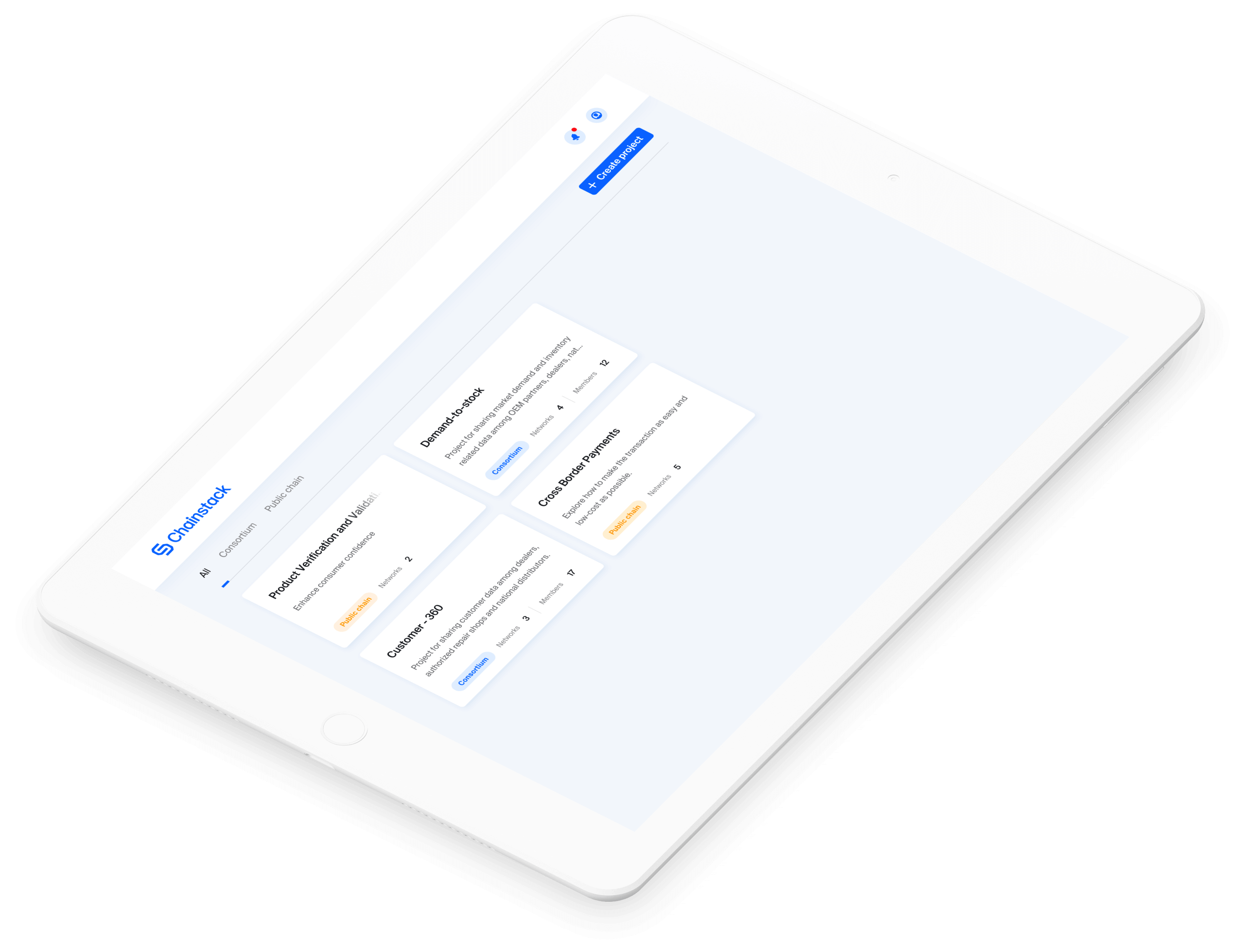How to build on the Sonic testnet with Chainstack
Built for low-latency execution and near-instant blocks, Sonic is becoming a go-to chain for high-frequency apps. Accessing it through Chainstack gives you stable RPC endpoints to test, benchmark, and move projects toward production.
Sonic, once known as Fantom, has come back with a new name and a faster core. It rebuilt its consensus around an aBFT engine tuned for real-time execution and paired it with an EVM designed to keep pace.
This shift delivers sub-second finality and ultra-low fees, drawing in builders working on high-frequency dApps, trading bots, and data-intensive systems. And while we’ve supported Sonic mainnet for a while, we’re now rolling out Sonic testnet support to give you more room to experiment, stress-test code, and move toward production without rebuilding your setup.
What is Sonic?
We’ve mentioned that Sonic evolved from Fantom with a faster core, but what that change really means comes down to how the network now handles speed, execution, and incentives.
Each piece of the stack was rethought to make it faster in a few key ways:
- Consensus got faster: Sonic replaced its old validator design with an asynchronous BFT engine that finalizes blocks in under a second. That single change cuts latency, reduces the odds of reorgs, and makes live data feeds far more reliable.
- Execution stayed familiar but lighter: The network kept the standard EVM stack, yet optimized how transactions move through it. You still write in Solidity and deploy with the same tools, only now your code runs faster and costs less.
- Apps earn their keep: Every transaction feeds back into builders through a fee-sharing model that rewards activity on-chain. It’s a small but meaningful shift in how network value circulates.
- Bridging got native: A built-in Ethereum bridge now handles asset transfers and liquidity flow, which means less dependency on third-party connectors and fewer points of failure.
- Data stayed readable: Events, logs, and traces follow the same EVM formats, so your dashboards, indexers, and subgraphs just work out of the box.
Together, these upgrades make Sonic suitable for high-performance EVM workloads.
These upgrades open up new ground for what developers can realistically build on an EVM chain. With faster consensus, lower costs, and cleaner data flows, Sonic fits naturally into projects that depend on speed and precision, like:
What you can build with Sonic
These upgrades fundamentally change what developers can build on an EVM chain. Faster consensus, cheaper execution, and cleaner data flows make Sonic a strong fit for projects such as:
- High-frequency DeFi protocols: Perpetuals, AMMs, and on-chain order books that rely on near-instant confirmation.
- Automation and agent systems: Keepers, liquidators, and on-chain executors that depend on predictable block times.
- Real-time analytics and data pipelines: Dashboards, explorers, and subgraphs that stream and index events without lag.
- Trading and market bots: Low-latency strategies that need consistent reads and writes across contracts.
- Payments and consumer apps: Wallets, loyalty systems, and micropayments where low fees and fast UX matter.
- Cross-chain infrastructure: Bridges and liquidity layers that use Sonic’s native Ethereum gateway for smoother asset movement.
How to get Sonic RPC with Chainstack
Getting access to Sonic RPC on Chainstack takes minutes and follows the same workflow you’d use for any EVM network. You can deploy endpoints for mainnet or testnet, choose between Global and Dedicated infrastructure, and manage everything from a single console.
Here’s how to set it up:
- Log in to your Chainstack account (or create one if you don’t have it yet).
- Create a new project or select an existing one.
- Pick Sonic as the network and choose Sonic mainnet or Sonic testnet.
- Pick your node type.
- Chainstack Global Nodes give you instant access through a globally distributed, load-balanced pool optimized for reliability and latency.
- Chainstack Dedicated Nodes provide single-tenant infrastructure with isolated resources and deeper control.
- Once deployed, you’ll see both HTTPS and WebSocket endpoints. These serve as your Sonic RPC URLs for apps, SDKs, or scripts.
- Add the RPC URL to your configuration in Hardhat, Foundry, or any standard EVM client. Wallets like MetaMask can connect using the same URL.
Each deployment comes with built-in metrics, request analytics, and Access rules for managing rate limits and API keys. This lets you test safely, monitor performance, and scale without downtime.
For low-latency workloads like trading bots or automated strategies, Chainstack Trader Nodes deliver higher concurrency and optimized routing. If you’re indexing data, Chainstack Subgraphs let you query Sonic events without maintaining your own indexer.
Both Sonic mainnet and testnet run on the same surface in Chainstack’s infrastructure, so you can build, test, and deploy without switching platforms.
Sonic tooling
Sonic development feels familiar if you’ve built on other EVM chains. The network supports standard frameworks and SDKs out of the box, so you can connect to your Chainstack Global Node or Chainstack Dedicated Node using the same setup you already use for Ethereum or Polygon.
Below are the main tools that work with Sonic today:
- MetaMask: Add your Chainstack endpoint directly in node access details to interact through MetaMask. Ideal for deploying or testing contracts in the browser.
- web3.py and ethers.js: Build or test DApps using your Chainstack RPC URL over HTTP or WebSocket. Both libraries connect instantly to Sonic mainnet or testnet once you provide your endpoint and network ID.
- Hardhat: Configure Sonic as a network in your hardhat.config.js and deploy with npx hardhat run. The full environment supports compiling, forking, and testing against Sonic.
- Remix IDE: Use the Injected Provider – MetaMask environment to deploy directly through a Chainstack node. Works well for quick contract checks or demos.
- Foundry: Run commands with –rpc-url to develop, test, and deploy smart contracts through your Chainstack endpoint. Use forge for deployment or cast for network interactions.
For the complete setup examples, command syntax, and network IDs, see the full Sonic tooling guide.
Wrapping up
Sonic’s rework makes it one of the fastest EVM chains live today, pairing sub-second finality with an architecture built for real-time execution.
With testnet live on Chainstack, you can now try that stack yourself. Spin up a node, deploy, and see how it behaves under load. If you want to go deeper, the Sonic swap farming tutorial walks through automating trades in Python on Sonic testnet, good for testing performance or building internal tooling.
Power-boost your project on Chainstack
- Discover how you can save thousands in infra costs every month with our unbeatable pricing on the most complete Web3 development platform.
- Input your workload and see how affordable Chainstack is compared to other RPC providers.
- Connect to Ethereum, Solana, BNB Smart Chain, Polygon, Arbitrum, Base, Optimism, Avalanche, TON, Ronin, zkSync Era, Starknet, Scroll, Aptos, Fantom, Cronos, Gnosis Chain, Klaytn, Moonbeam, Celo, Aurora, Oasis Sapphire, Polygon zkEVM, Bitcoin and Harmony mainnet or testnets through an interface designed to help you get the job done.
- To learn more about Chainstack, visit our Developer Portal or join our Discord server and Telegram group.
- Are you in need of testnet tokens? Request some from our faucets. Multi-chain faucet, Sepolia faucet, Holesky faucet, BNB faucet, zkSync faucet, Scroll faucet.
Have you already explored what you can achieve with Chainstack? Get started for free today.
FAQ
Sonic is an EVM-compatible Layer-1 that evolved from Fantom with a new asynchronous BFT consensus. It delivers sub-second finality, low fees, and native incentives for apps, making it ideal for performance-sensitive workloads like DeFi, bots, and data pipelines.
You can deploy a Sonic testnet endpoint directly through Chainstack. Log in, select Sonic testnet, and choose between Chainstack Global Nodes or Chainstack Dedicated Nodes. Once deployed, you’ll get your RPC URL and WebSocket endpoint to use in any EVM client.
Yes. Sonic runs a full EVM execution layer, so you can deploy Solidity contracts, use existing SDKs, and interact with tools like Hardhat, Foundry, or The Graph without changes.
 Ethereum
Ethereum Solana
Solana TON
TON Base
Base BNB Smart Chain
BNB Smart Chain Hyperliquid
Hyperliquid Aptos
Aptos TRON
TRON Ronin
Ronin zkSync Era
zkSync Era Sonic
Sonic Polygon
Polygon Unichain
Unichain Gnosis Chain
Gnosis Chain Sui
Sui Avalanche Subnets
Avalanche Subnets Polygon CDK
Polygon CDK Starknet Appchains
Starknet Appchains zkSync Hyperchains
zkSync Hyperchains











